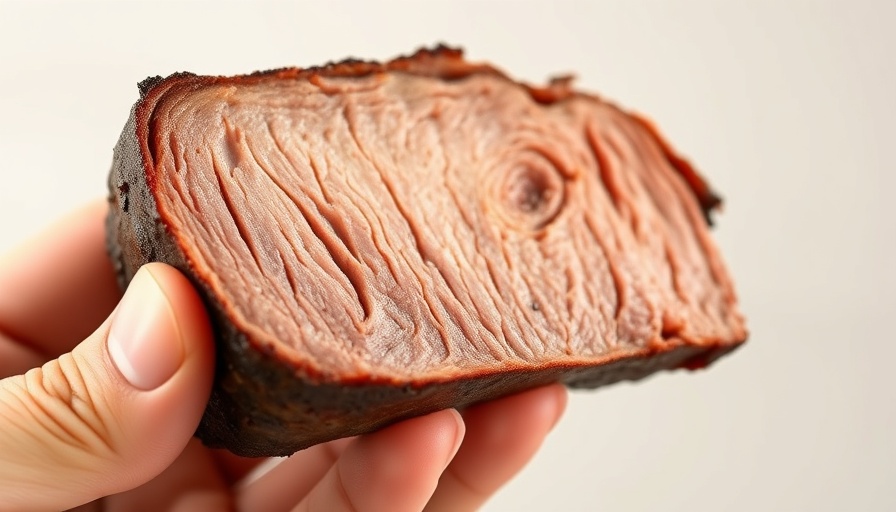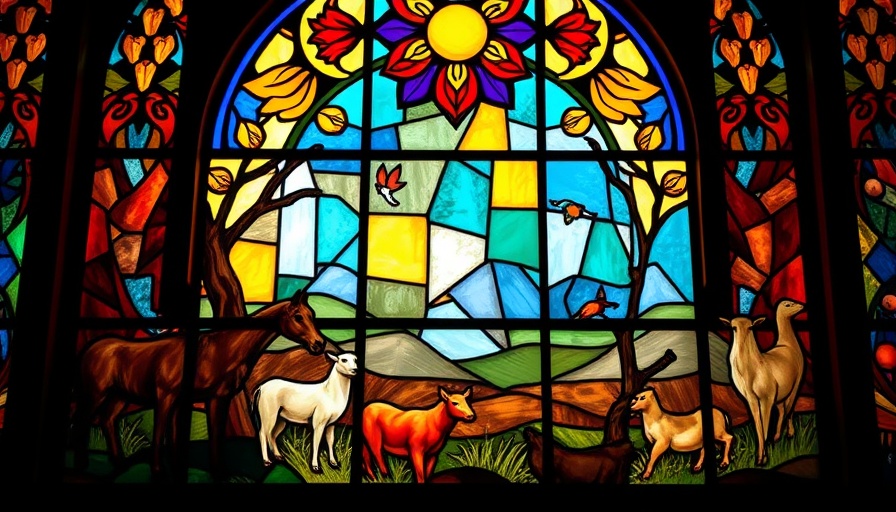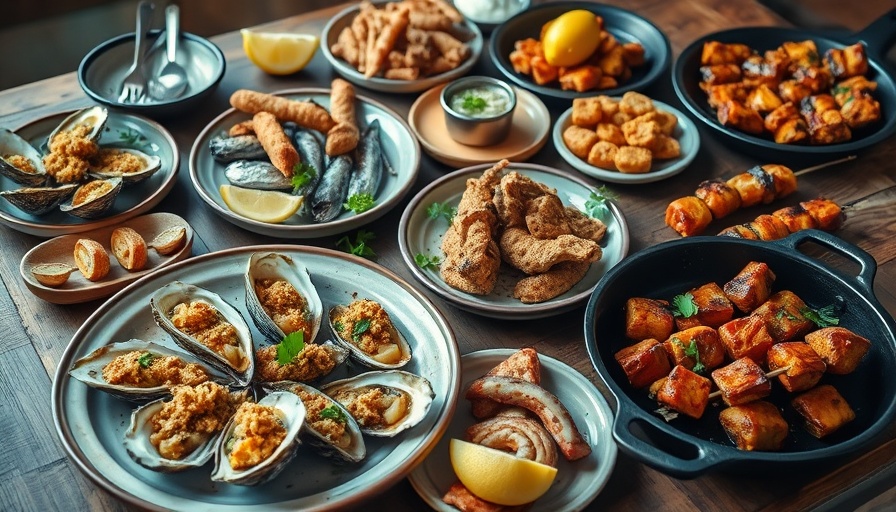
Understanding Brisket Cooking Temperatures
When it comes to achieving the perfect brisket, knowing at what temperature to cook it is paramount. While most of us have heard about the coveted 203°F that signifies a "done" brisket, that figure isn't quite as straightforward as it seems. The actual ideal cooking temperature varies depending on your altitude, making it essential for BBQ lovers to adjust their approach based on their local metrics.
The Science Behind Brisket's Done Temperature
At sea level, water boils at 212°F. This boiling point gradually decreases as you ascend in elevation. So if you're grilling high in the mountains, you should reevaluate what that perfect brisket temperature really is. For example, at 1,500 feet, water boils around 209°F; at 5,000 feet, it's closer to 203°F. These differences mean that for those smoking brisket at high altitudes, careful temperature calibration can help achieve that tender, juicy marvel.
Your Bespoke Brisket Temperature Calculator
Don’t leave your brisket’s fate to chance. To really master the art of BBQ, utilize a brisket done temperature calculator that allows you to enter your elevation and receive a tailor-made target cooking temperature. This tool takes the guesswork out of the equation and ensures that no matter where you're located, you’ll serve up a brisket that’s nothing short of glorious.
Mastering the Right Tools for Brisket Excellence
In the world of BBQ, having the right tools is half the battle won. To effectively monitor your brusket’s internal temperature as it cooker, a leave-in thermometer becomes vital. Options like the Thermoworks RFX and the Thermoworks Smoke X are excellent choices to keep an eye on your brisket from the comfort of your patio. These tools ensure you have an accurate reading when it matters most.
But don’t stop there—double-check those readings with a Thermapen ONE. It’s perfect for getting temperature readings at multiple locations within the brisket. The indicator should glide in effortlessly, a sign that your meat is tender enough for your guests to enjoy.
High-Altitude BBQing: What You Need to Know
BBQ lovers who reside in higher altitudes face unique challenges not only with cooking temperatures but also with cooking times and smoke density. At altitude, the air is thinner, which can alter your cooking experience significantly. Understanding these factors is crucial, as it can drastically influence the overall outcome of your BBQ.
For those who love experimenting, smoking brisket at higher elevations can yield unique flavors thanks to the drier air. However, be conscious of not overestimating your cooking times; hot and fast methods may necessitate adjustments to achieve that sought-after tenderness.
The Art of Tender, Tasty Brisket
Achieving mouthwatering brisket isn’t merely about the numbers on a thermometer; it’s also about how you interpret those readings and respond to them in a given cooking situation. Allowing brisket to rest after cooking will enhance juiciness, as the meat will continue to absorb its own flavorful juices. Just like I tell my friends, "Let it sit!" This adds intensifying layers of flavor to each slice.
Empowering Your BBQ Journey
Every pitmaster has had their fair share of triumphs and failures. Understanding at what temp brisket is done is just one piece of your culinary puzzle. Embrace this journey, learn from your mistakes, and don't hesitate to integrate your personal preferences. Cooking is not just about following recipes; it’s about crafting something uniquely yours. Remember, each brisket experience brings you closer to BBQ mastery!
So, are you ready to elevate your brisket game? Check your elevation, adjust your expectations, and get cooking. The world of BBQ awaits you, where deliciousness is just a piece of meat away!
 Add Row
Add Row  Add
Add 



Write A Comment